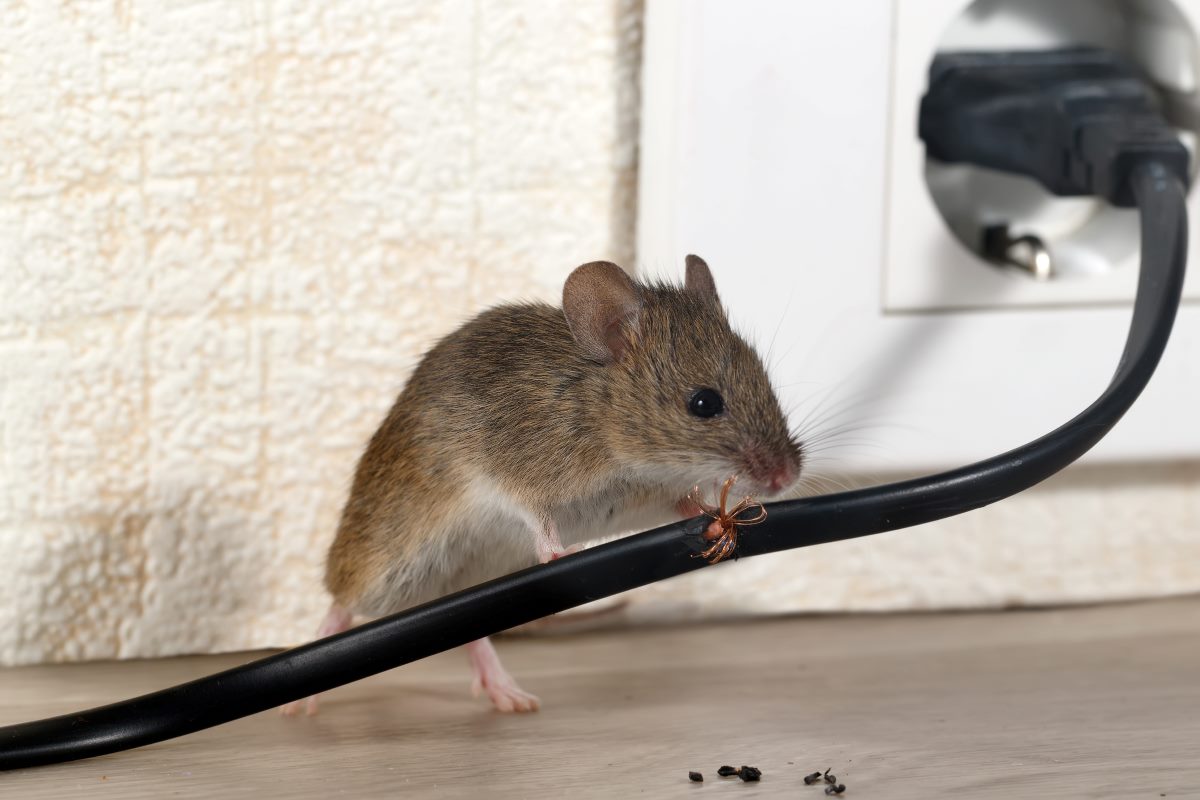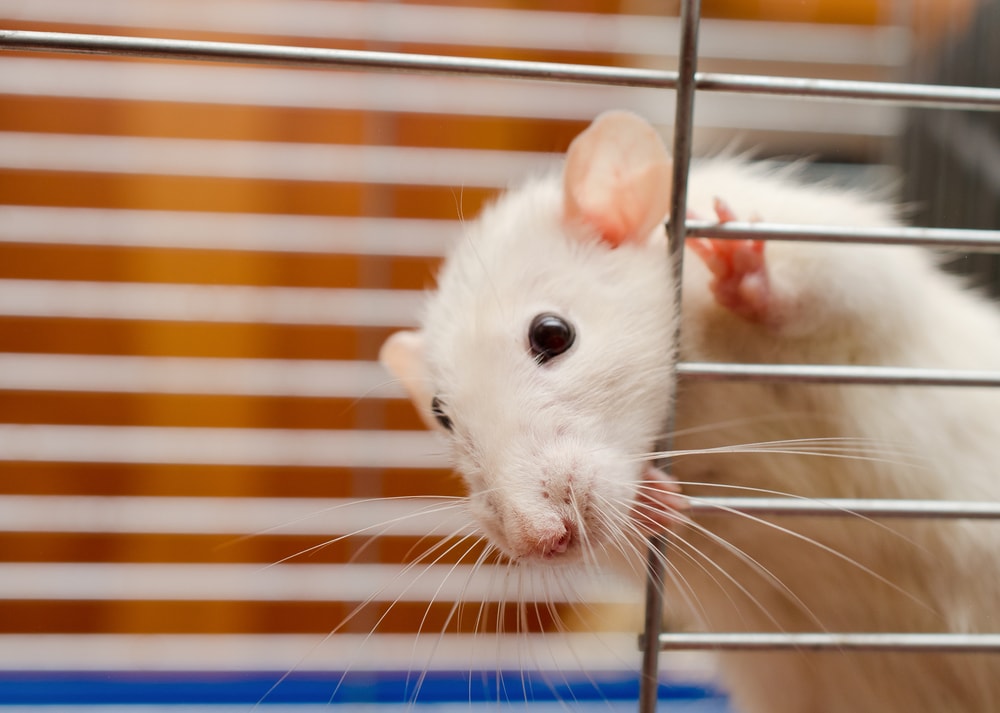AI Traps for Open Kitchens: Navigating Technological Challenges
Share
In today's culinary landscape, open kitchens have become a cornerstone of modern dining experiences. They offer a transparent view into the culinary process, fostering interaction between diners and chefs. However, with the allure of open kitchens comes a new set of challenges, especially when integrating advanced technologies like AI. Understanding AI traps for open kitchens is crucial for maintaining both the aesthetic appeal and functionality of these spaces.

The Rise of AI in Culinary Spaces
The integration of AI technology in culinary environments has been a game-changer. From smart ovens to inventory management and even rodent detection systems, AI promises efficiency and precision. But like any technology, it comes with its own set of potential pitfalls.
One primary concern is the reliance on AI-powered trap systems for pest control. Open kitchens, with their seamless design, inadvertently invite more than just human guests. Rodents and pests can become unwanted visitors, and traditional pest control methods might not suffice. The shift towards AI-driven solutions is revolutionizing this aspect, offering sophisticated methods to keep these spaces pristine.
Navigating AI Challenges
While AI traps in warehouses and other large commercial spaces have shown great promise, kitchens present unique challenges. The key to successful implementation lies in understanding and navigating potential AI traps that might arise.
Ensuring Seamless AI Integration
Seamless integration of AI in open kitchens involves ensuring that all systems communicate effectively and dont disrupt the kitchen's primary function. If not properly managed, AI systems could lead to false alerts or system failures, hindering daily operations. Effective training and regular system updates are essential for minimizing these disruptions.
The Importance of Human Oversight
Despite the sophistication of AI, human oversight remains indispensable. Trained personnel can identify anomalies that AI might miss and make judgment calls in scenarios outside predictable AI patterns. The human element ensures that the kitchen maintains its authentic, personal touch.
Advancing Towards the Future
As technology advances, the future of open kitchens with AI looks promising. By addressing current challenges and learning from existing implementations, open kitchens can effectively incorporate AI without compromising the dining experience. For those interested in expanding their knowledge of pest control technology, this resource offers insight into the latest innovations applicable to food industries.
Conclusion
The sleek, modern concept of open kitchens is here to stay, as is the evolution of AI within these dynamic spaces. By understanding AI traps for open kitchens and actively working to address these challenges, restaurateurs can provide an open kitchen experience that is both innovative and inviting. For more insights on setting up efficient trap systems, visit this guide.

FAQs
What are common AI traps in open kitchens?
Common AI traps include relying solely on automated systems without human oversight, leading to potential errors or system failures. Improper integration can also cause technological disruptions in kitchen operations.
How can AI improve pest control in open kitchens?
AI can significantly enhance pest control by providing real-time monitoring, predictive analyses, and automated interventions, reducing the reliance on chemical-based pest management strategies. Learn more about smart rodent detection in restaurant scenarios.
Is human oversight still necessary with AI systems in kitchens?
Yes, human oversight is crucial to ensure all systems function as intended. AI can augment human decision-making but cannot replace the nuanced understanding and adaptability of trained staff.
This article contains affiliate links. We may earn a commission at no extra cost to you.
